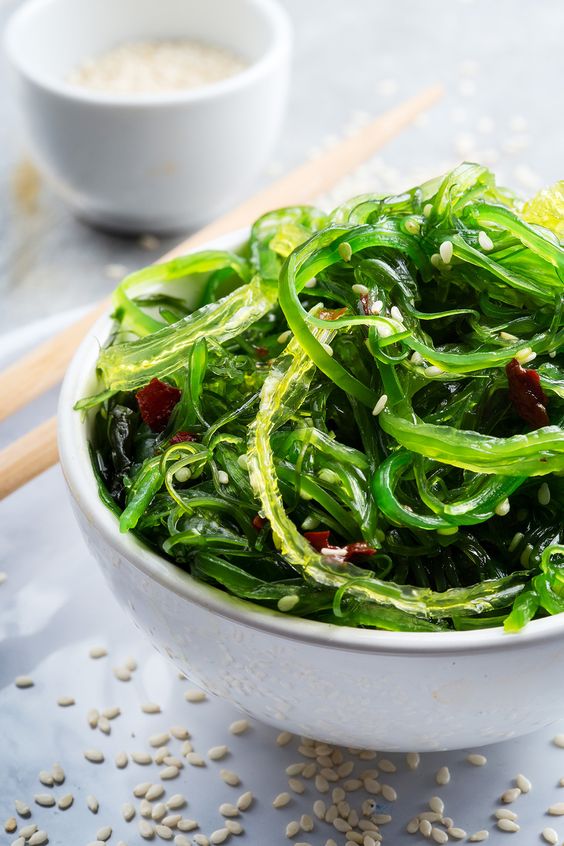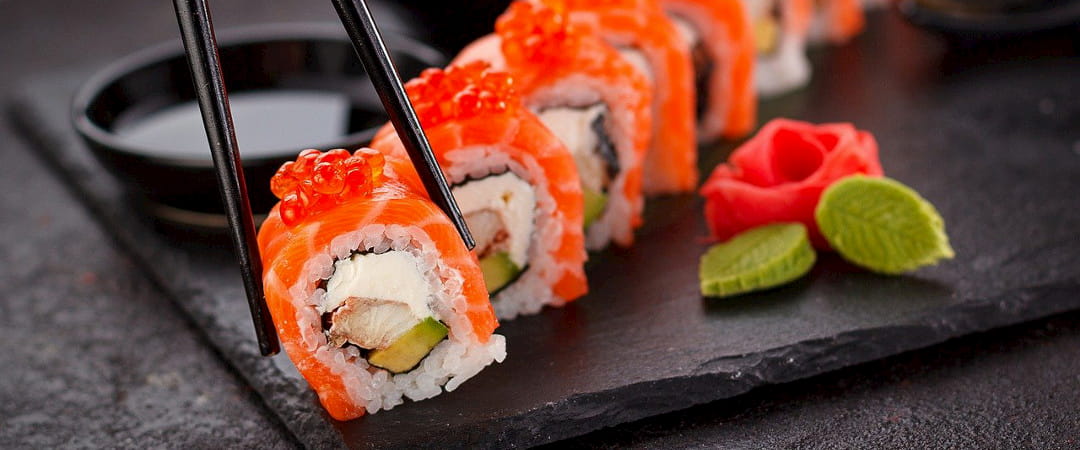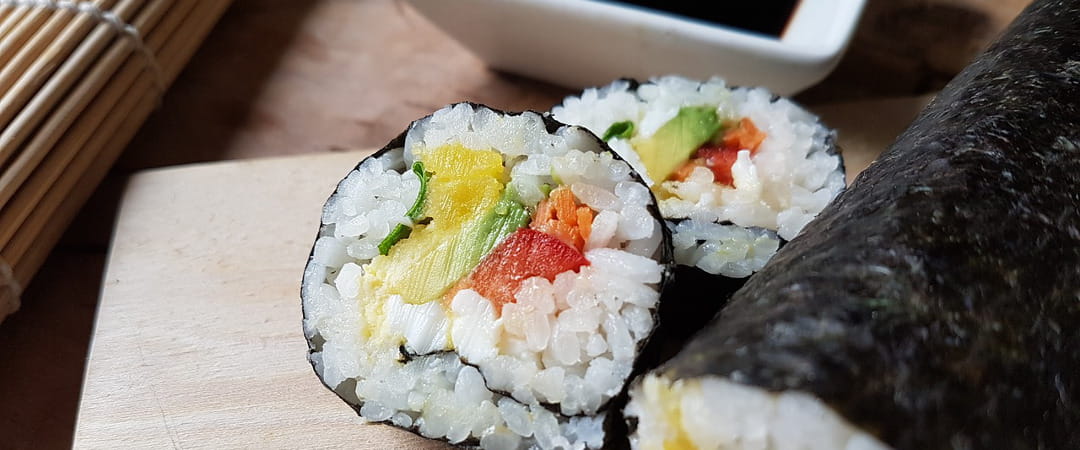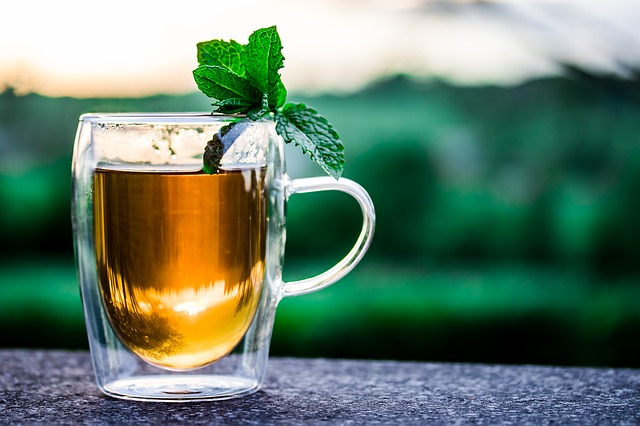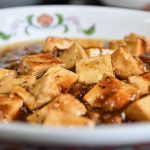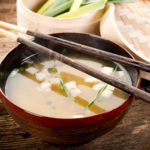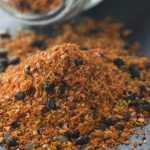Welcome one more week to the Oriental Market blog, we love to see your results cooking the recipes that we recommend in the blog. This week we wanted to dedicate the post to a food that comes from the sea, and although in Europe it is now very popular, in the East it has always been used for cooking. This is Wakame seaweed, a supplement that as soon as you learn about its benefits and properties, you will want to add it to your list of superfoods. We know about the existence of seaweed as an iconic ingredient for modern menus, but what do we know about this type of seaweed?
Recipes with wakame seaweed
Here are some of the most delicious recipes that incorporate this seaweed.
Garlic potatoes with wakame
Couscous salad recipe with wakame seaweed + Steak tartare with Burgos black pudding
With Miguel Anel Rodriguez, “El Sevilla”.
Sunomono (Japanese cucumber and wakame salad)
Buy online
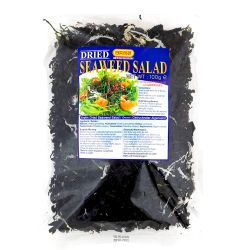
Ensalada de algas (NIHON) 100g
18,399,20 € (50,00 %)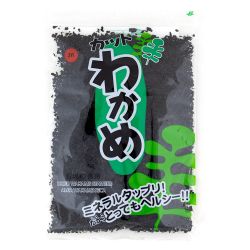
Alga wakame deshidratada (SUSHI KING) 100g
4,25 €
What is wakame seaweed?
Wakame seaweed is a type of edible seaweed, scientifically known as Undaria pinnatifida. It is native to Japan and Korea. Wakame leaves are very long, green, with a rather sweet taste and a peculiar texture. It is important to cut them into small pieces when cooking, as they tend to expand and enlarge during cooking.
This type of seaweed is often combined and added to many dishes, usually to achieve the different touch we are always looking for. The most common dishes cooked with wakame seaweed are salads (wakame salad, sunomono), currently very fashionable in poke bowls, but it can also be found in various miso soups or used as a garnish. These dishes are usually accompanied by rice vinegar or soy sauce. We can buy this type of seaweed in very specific shops (although it is increasingly present in large supermarket food chains) and it can be found both dehydrated and salted.
The cultivation of wakame seaweed is very interesting, it can be cultivated using world-renowned farming techniques or it can be grown artificially. The second option is carried out using ropes that are attached to various wooden frames. When the seaweed is the right size, it is transferred to the sea, so it is grown in cold winter waters.
Properties and Benefits
The properties of this food are many, and that is why it has become an indispensable food for many people. In addition, now that summer is approaching and many people are on diets to lose weight, this is a perfect food to combine it, as it is a product that contains hardly any fat and is known for its low energy content.
- It is worth noting its high water content, which is why it is said to have anti-inflammatory and antioxidant properties. It is also known for its vitamin content, as it allows cell regeneration and helps the body to function properly.
- Adding a small amount of wakame seaweed to dishes helps to prevent constipation.
calcium and iodine. Calcium helps to build strong bones and prevents osteoporosis. It also contains vitamin D; it is involved in the process of calcium absorption. - It contains iron and folic acid, which is why many pregnant women are recommended to take wakame seaweed during the months, and also to all those who suffer from anaemia.
- As we have already mentioned, it is rich in vitamins, such as those of the B group; they help to strengthen the nervous system and activate circulation.
- Finally, wakame seaweed helps to reduce bad cholesterol, thus helping to improve cardiovascular health.
Finally, it should be remembered that wakame seaweed, although it contains very good nutrients, as we have already mentioned, is low in calories and, due to its high water content, is easily satiating. It should therefore be taken into account as a good food when it comes to losing weight, but without neglecting one’s own health. Experts recommend incorporating it into your diet, but do not overdo it.
Have you ever heard of wakame seaweed? Did you know all the properties it has as a food? Have you ever used it? Do you have any recipe ideas? As always, we would be delighted if you could tell us about your experience with this and other ingredients. Of course, we invite you once again to show us the results of your recipes through our social networks, especially on Facebook and Instagram @Oriental_Market.

